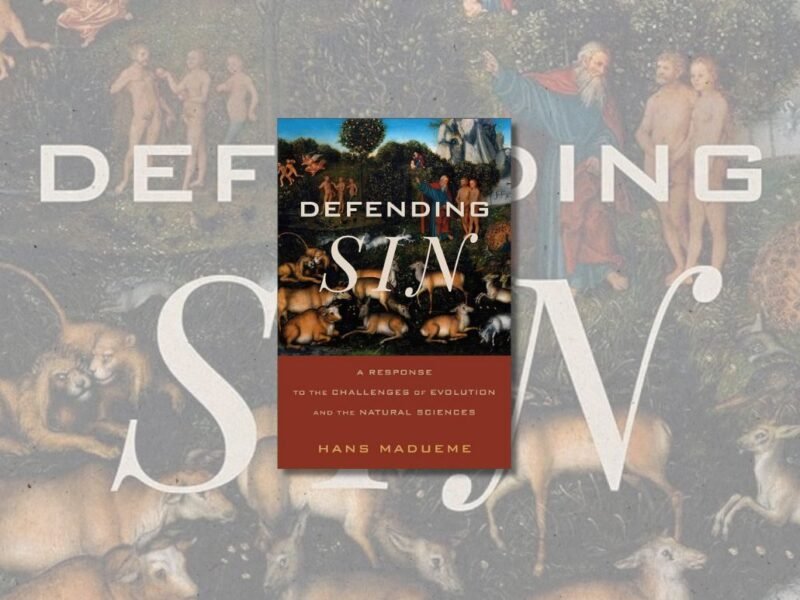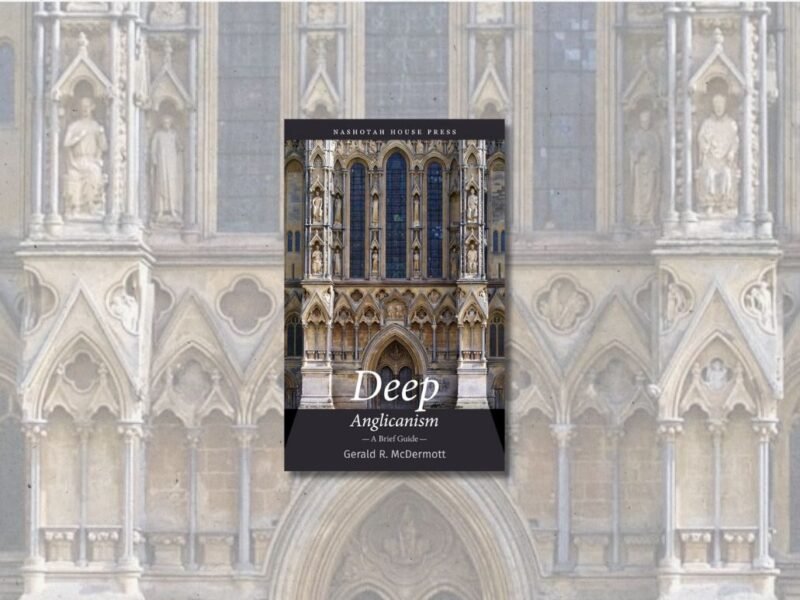Take This Cup: How God Transforms Suffering into Glory and Joy. By Charles Erlandson. Eugene, OR: Wipf & Stock, 2020. 216 pp. $46 (cloth); $26 (paper).
Suffering, as Charles Erlandson observes, is the only universal human experience. Given that suffering is additionally “so heavy, so painful, [and] so destructive” (1), it is unsurprising that so many books have been written on suffering in the Christian life.
Erlandson contributes to this vein of reflection by “offering a Christian theodicy—a vindication of God’s goodness in light of the existence of evil and suffering.” His argument should thus be distinguished from a defense, in which one offers a possible rather than plausible explanation for suffering (e.g., Alvin Plantinga’s God, Freedom, and Evil). Moreover, Erlandson says his theodicy “will only make sense…to Christians” (x).
Erlandson begins by noting that suffering is “the just punishment for sin, and the necessary consequence for disobeying God and disordering his creation and our hearts” (31). We fallen humans “know that suffering is evil and naturally want to avoid it” (2). Yet suffering finds us nevertheless—as Erlandson puts it, “Ever since the fall, to be human is to suffer” (18)—and if we were left to our own devices that would be the dismal end of the matter.
God, however, desires “to redeem us from our sin and its consequences,” and for this reason “Jesus Christ, the Son of God, takes the cup [of suffering] on our behalf” (7). Indeed, “Christ came to redeem all mankind from every kind of evil and suffering,” and Erlandson points out that to this end Christ’s suffering consisted in “not only the six hours on the cross or the twelve or so hours at the passion and crucifixion but his entire life” (18–19, italics original).
Now having risen and ascended, Jesus, “by his suffering…has transformed all Christian suffering” (31, italics original). This is not to say suffering is no longer painful: “Make no mistake: suffering is not inherently redemptive but is instead inherently evil and destructive” (31). Even so, “What men and Satan mean for evil, God means for good. This is true not only for Joseph [from Genesis] but also for the Christian and all Christian suffering” (30).
The way in which Christian suffering is transformed by Christ, as Erlandson explains it, is that when we are baptized we are thereby “truly united to Jesus Christ” (51) and become “partakers of Christ” (54, italics original). After our baptism, we continue to partake of Christ through the Eucharist, in which “we consume the Lord who has given himself to us as heavenly food” (68).
In both of these sacraments Christians are made part of what is called the mystical body of Christ. This is not a “mere metaphor,” but refers to a “metaphysical reality” (47) in which Christ and the church are united, with Christ as the head and the church as his body, yet “without either of them losing its identity” (47–49). Practically speaking, the church is “the prolongation or extension of the life of Jesus Christ through time and space. The scope of Christ’s ministry is not merely the two billion Christians alive today but includes all of the things He has done or will do for men through men from the first chapters of the Scriptures until the time he returns!” (50)
On Erlandson’s account, this has significant implications for Christian suffering: “Remembering all that we have said about Christ uniting himself to us, we rejoice because our suffering unites us to the source of all joy. This union with Christ is the source of our every joy” (98, italics original). In short, Christian suffering is transformed into glory and joy because in our suffering we are united to Christ. Some of the particular joys God brings about through our suffering include being “brought back to [God] the Shepherd when we wander like sheep from him” (109), being transformed into Christ’s image (113), and binding us to our fellow-sufferers in Christ (119).
In addition to such joys as these, Erlandson emphasizes that “because of the sacramental bond between Christ and his mystical body, the church, Christ partakes of our suffering, and we partake of his sufferings” (76). As such, Erlandson argues, there is a real sense in which our suffering is redemptive: “While my suffering itself remains an evil, God has now, through Christ, transformed it into a means of his redemption of the world” (107). In other words, “Redeemed man, the body of Christ, now participates directly in the redemption of the world” (170). To say we participate in redemption does not mean redemption originates in us, for “the glorious work of redemption…is purely God’s” (171). Rather, Christ, “through you…is redeeming your suffering , your life, and the suffering and lives of others. This is the meaning of human suffering” (169, italics original).
By way of evaluation, while Erlandson says his theodicy will only make sense to Christians, it would be more precise to say it will only make sense to Christians who accept the sort of high ecclesiology articulated by figures like E. L. Mascall and Fulton Sheen, both of whom Erlandson cites favorably. For that matter, Christians who do not have a similarly high sacramentology will find less to appreciate here.
One final point: Erlandson suggests that “a kind of suffering…may…be at the heart of the Holy Trinity” (120). On its face, this appears to be a denial of divine impassibility. However, Erlandson has clarified to me in private correspondence that if this were in fact possible, it would be very different from “suffering” as it is predicated of humans. Indeed, Thomas Weinandy—author of Does God Suffer?, one of the foremost defenses of divine impassibility—also speculates that it might be possible to predicate suffering of God in a way “radically different” (168) from conventional usage. It is worth noting, however, that Weinandy goes on to say, “It would be better, for the sake of clarity and consistency, not to predicate suffering of God at all” (170).
In sum, Erlandson’s book is a distinctively high-church reflection on the significance of Christian suffering that deserves to be widely read and digested.






'Review – Take This Cup by Charles Erlandson' has no comments
Be the first to comment this post!